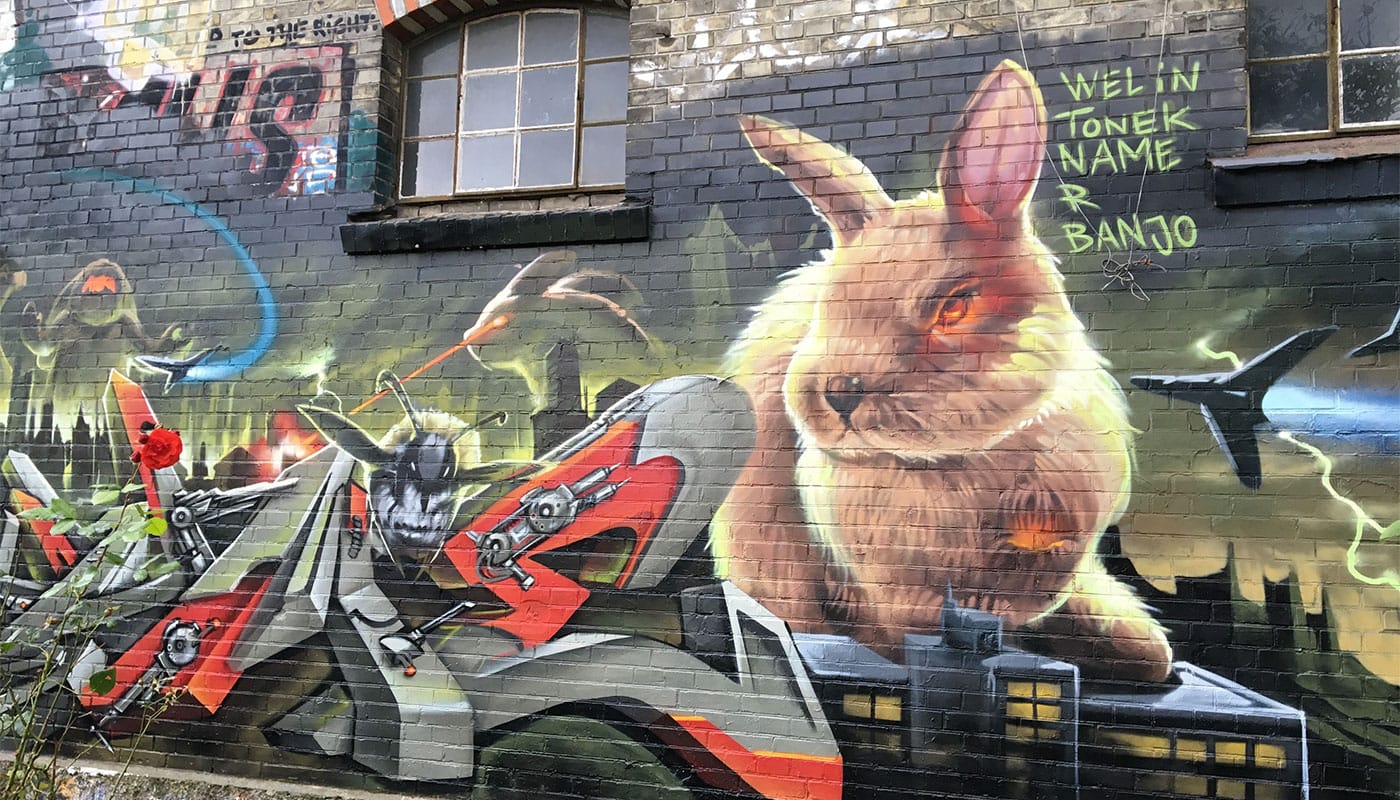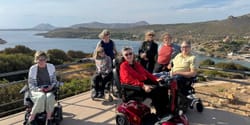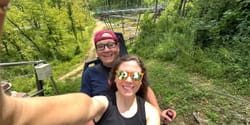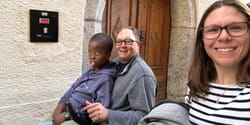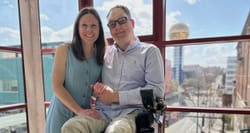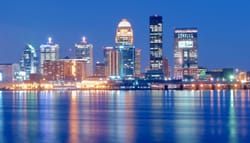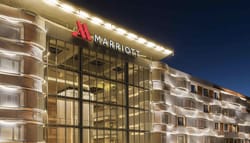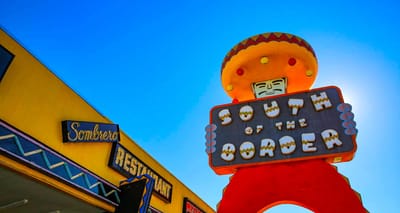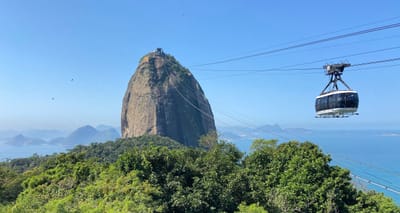Before my trip to Copenhagen, Denmark, I read about Freetown Christiania, described by Lonely Planet as a “a dreadlocks-heavy commune” now inhabited by a collection of free spirits, pot-smokers and passive anarchists. I expected to find a messy hodgepodge of shacks and trailers, but instead discovered a community that is among the most beautiful (and peculiar) in all of Copenhagen. I fell in love with Christiania, not because of the well-manicured lawns or smooth sidewalks (of which there are none), but because of the utilitarian development, the elaborate graffiti, and the charming nature of it all.
A Brief History of Freetown Christiania
The area where the community now sits was once the site of the Bådsmandsstræde Barracks, which housed the Royal Artillery Regiment and its ammunition development and storage facilities. In early September, 1971, the abandoned land and facilities were taken over by locals who wished to start a community based upon individual freedom.
Later that month, the movement (if you can call it that), was taken over by Jacob Ludvigsen, who had long been associated with a counterculture movement founded on anarchism. He wrote Christiania’s mission statement, which reads:
The objective of Christiania is to create a self-governing society whereby each and every individual holds themselves responsible over the wellbeing of the entire community. Our society is to be economically self-sustaining and, as such, our aspiration is to be steadfast in our conviction that psychological and physical destitution can be averted.
Since the 1970s, Christianizes have come into conflict with the Danish Government on a number of occasions, but the community continues to thrive. Residents now pay taxes for water, electricity and the like. They have banded together to prohibit hard, illicit drugs within the freetown’s borders, and made the first payment to purchase the land from the government in 2012. A 2016 shooting between a criminal drug dealer and police has put an even tighter lid on drug sales, including hash.
A Wheelchair Accessible Tour of Freetown Christiania
While a shooting which occurred so recently may cause alarm, it shouldn’t. The community is safe, and crime is rare. Tourists visiting just to take a look will be welcomed, and are invited to partake in commerce at the numerous eateries, beer gardens and souvenir stands.
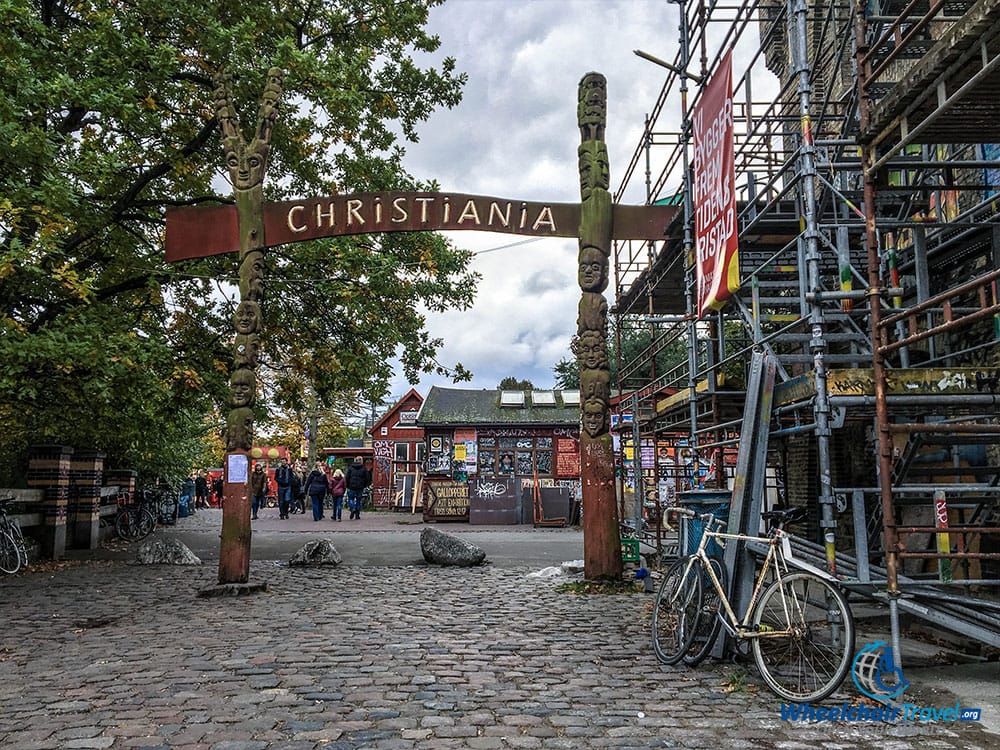
Today, Christiania sits on a land area of 84 acres, making it quite large. Regrettably, I only had time to explore a small portion of the total area, but had a great time nonetheless.
The first stop on my tour, just a short distance from the main entrance, was Wonderland, a makeshift skate park. I thought it would be fun to take my wheelchair inside, but I nearly fell out of it – something which really amused the camerawoman (my sister)! :p
Needless to say, without more horsepower, electric wheelchairs just don’t belong in a skatepark. Despite all that, the colorful graffiti and set-up of the space was really a sight to behold, and pleasant on the eyes.
Of course, there was graffiti on every corner, in so many places and on so many different objects/structures.
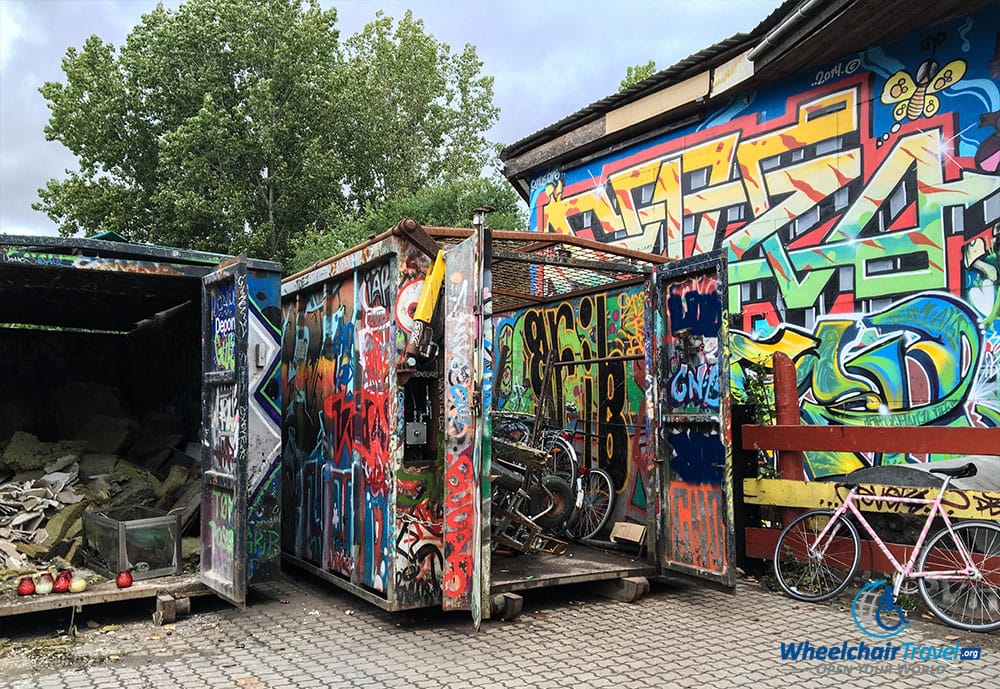
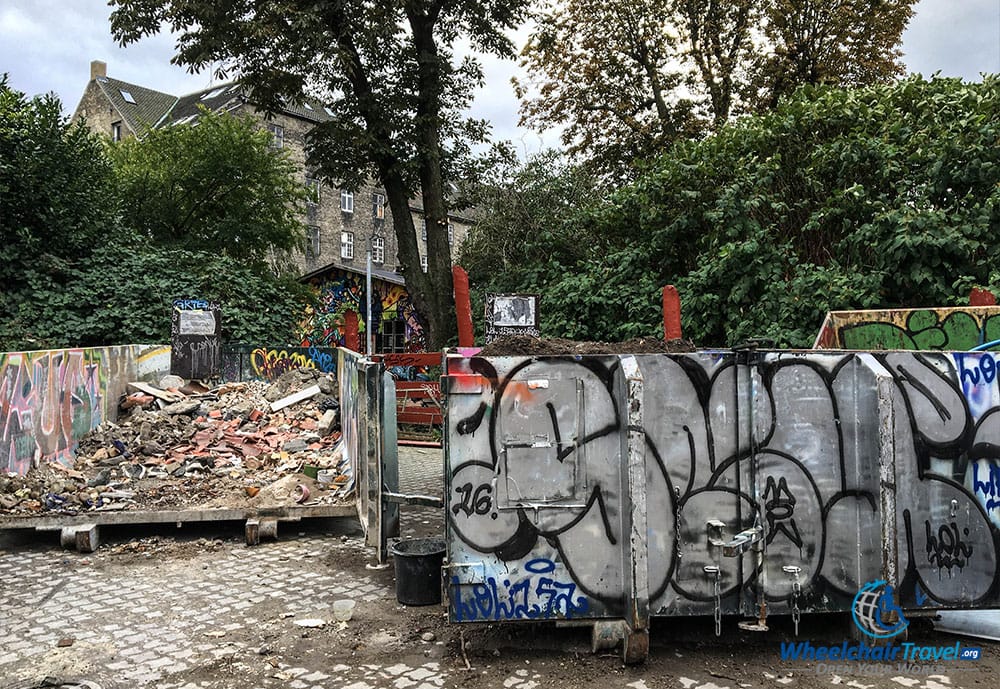
One of my favorite things to do when traveling is to explore the street art, and there was no shortage of graffiti and other masterpieces in Christiania! Did you see that demonized bunny rabbit at the top of the page?
The city is such an interestingly diverse place, because you can find a beautiful home standing behind a pair of graffiti-laced dumpsters filled with rubble, like in the photo above.
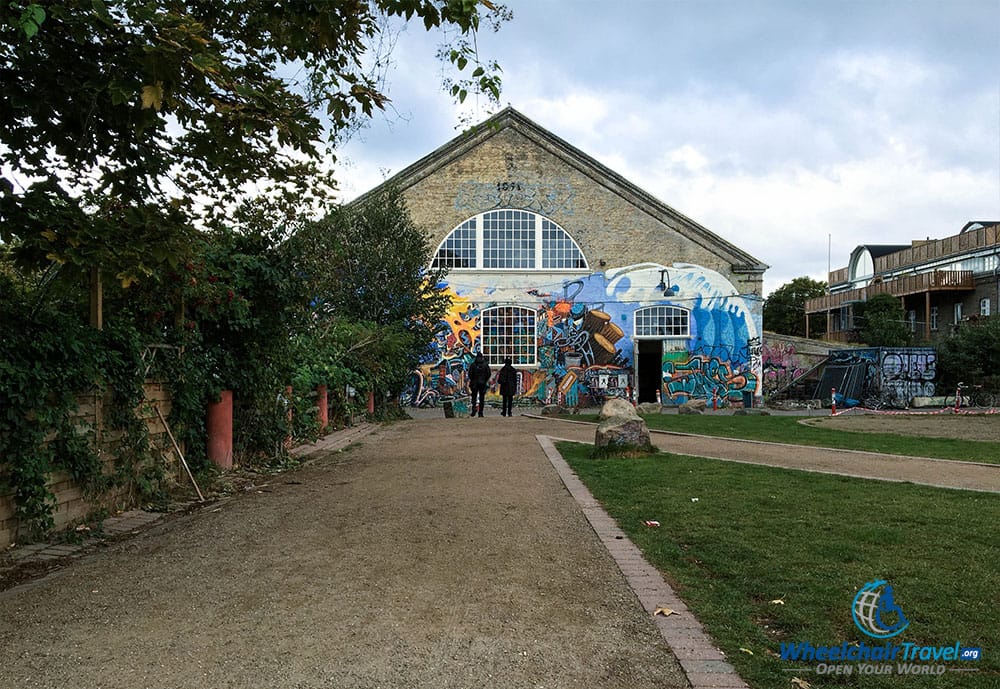
That diversity is on display, from block-to-block. Whether it is in the design of walkways and streets, the types of buildings, the art and graffiti or the groups of people, nothing is the same. It’s all so unique and beautiful. It’s freedom, really.
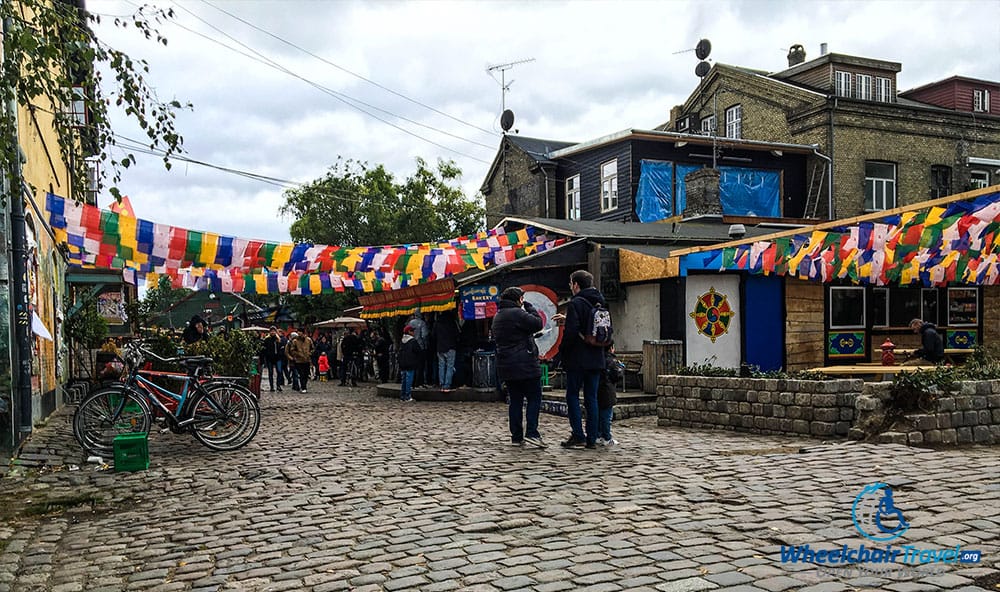
Of course, one thing that doesn’t signal freedom to wheelchair users are cobblestones. And Christiania has many streets with rough walkways that are difficult to navigate and bumpy. There are also many businesses and buildings that are inaccessible due to elevated thresholds or steps.
But, these obstacles don’t make the visit impossible. If you’re willing to take on a few challenges or skip some of the cobblestone streets, you’ll have a fine time in Christiania. Also keep in mind that the area was once a World War II military depot—it wasn’t designed with wheelchair accessibility in mind.
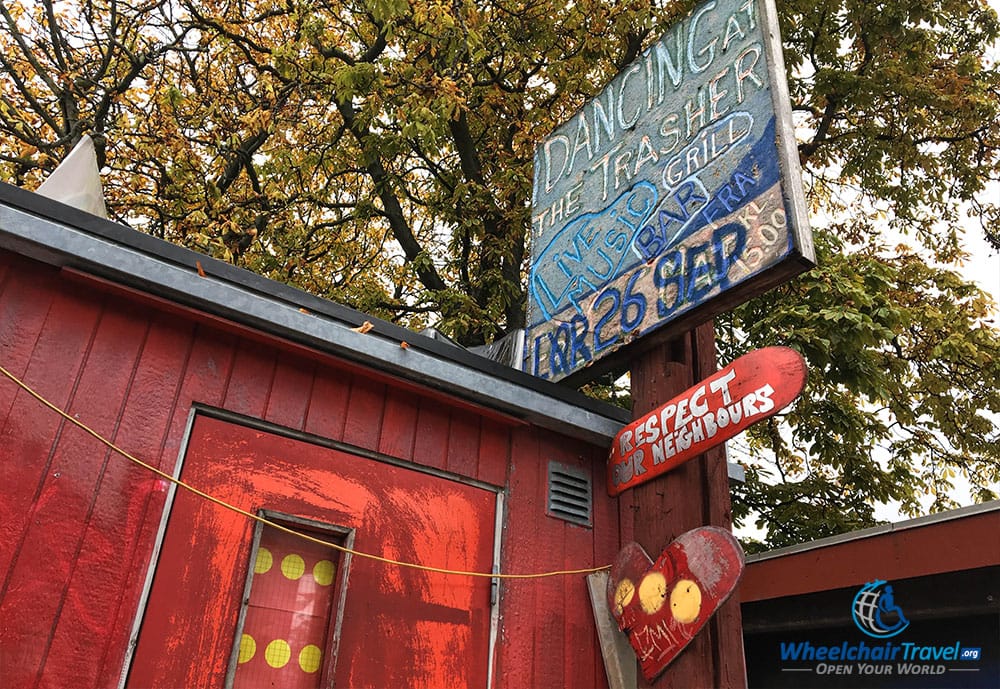
That said, there are still many buildings and businesses that can be accessed by wheelchair. And, while THE THRASHER was closed during my visit, it did appear to be restaurant and bar that a wheelchair user would be able to access.
In addition to the enclosed buildings, there were many street vendors of both food and souvenirs.
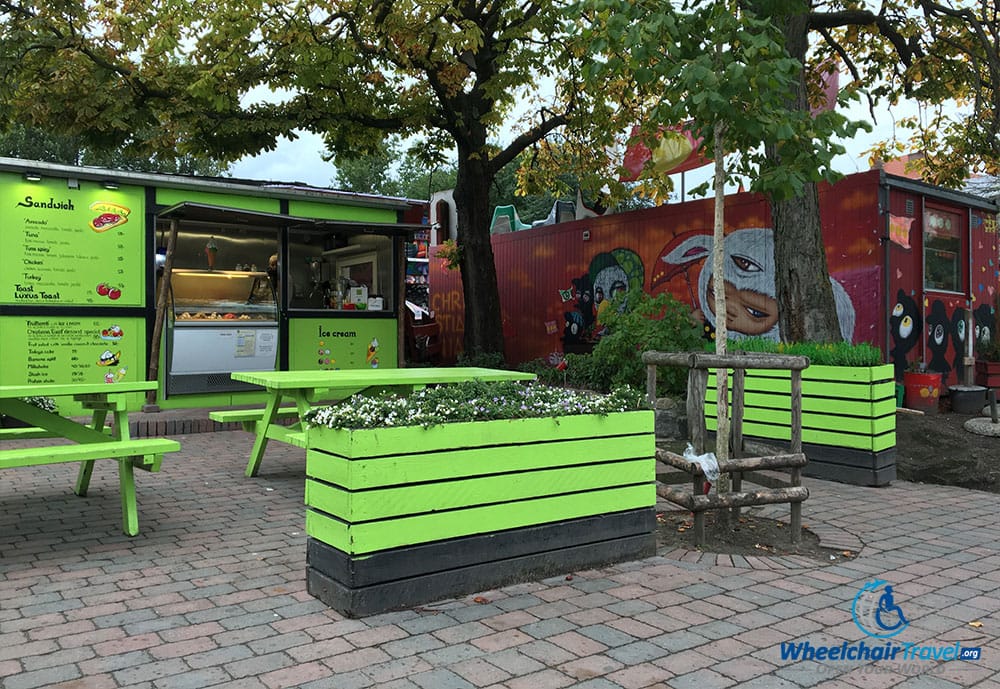
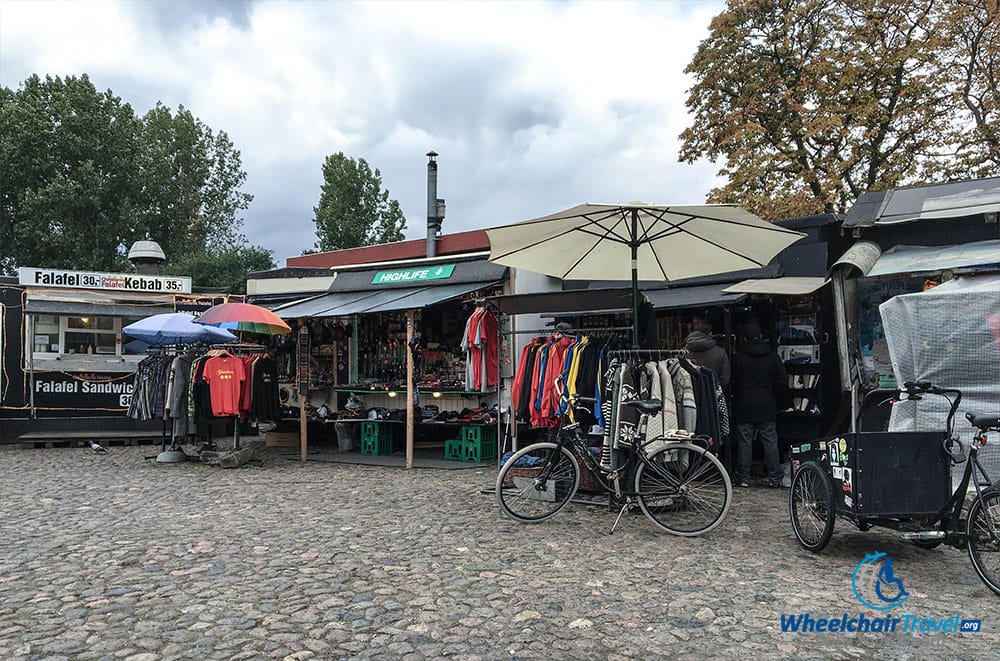
Sandwiches, falafels, kebabs, ice cream… you name it, it was there. There were many people buying food and eating, though I didn’t try any myself. The numerous souvenir shops had everything from t-shirts to jackets, flags, stickers and temporary tattoos.
Now, I want to transition to an important find topic. You’re out, bouncing around in your wheelchair on the cobblestones of Christiania. Surely, you’re going to need a bathroom. And, well, there is both good news and bad…
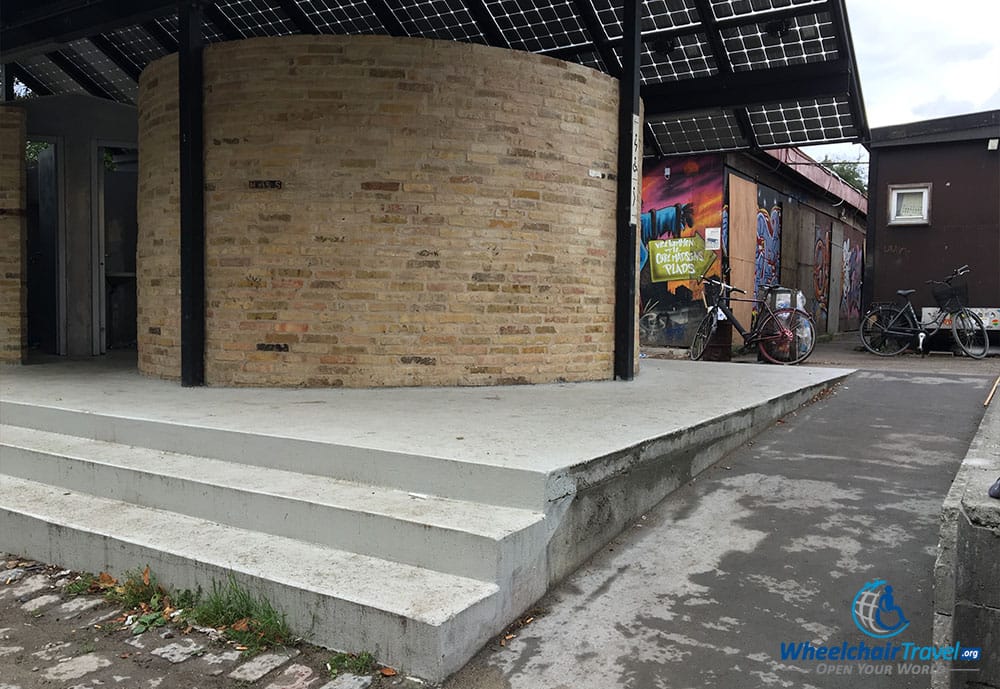
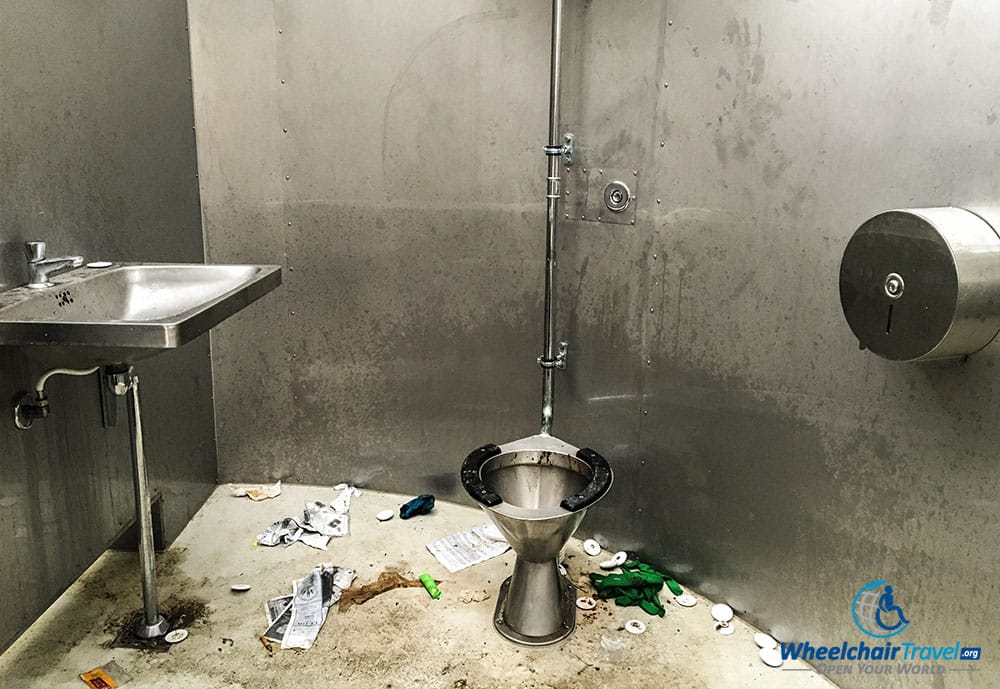
The good news is that the bathroom building is a relatively new construction that is wheelchair accessible via a nice ramp. The bad news… well, the bathroom and toilet were filthy. And it didn’t appear that any cleaning had been done for awhile. So, unless you’re a guy who can relieve yourself without transferring to the toilet, I’d plan to “hold it” while you’re visiting Freetown Christiania.
Getting to Freetown Christiania
Christiania is located in Christianshavn, a neighborhood to the west of popular attractions like the National Museum and Tivoli Gardens.
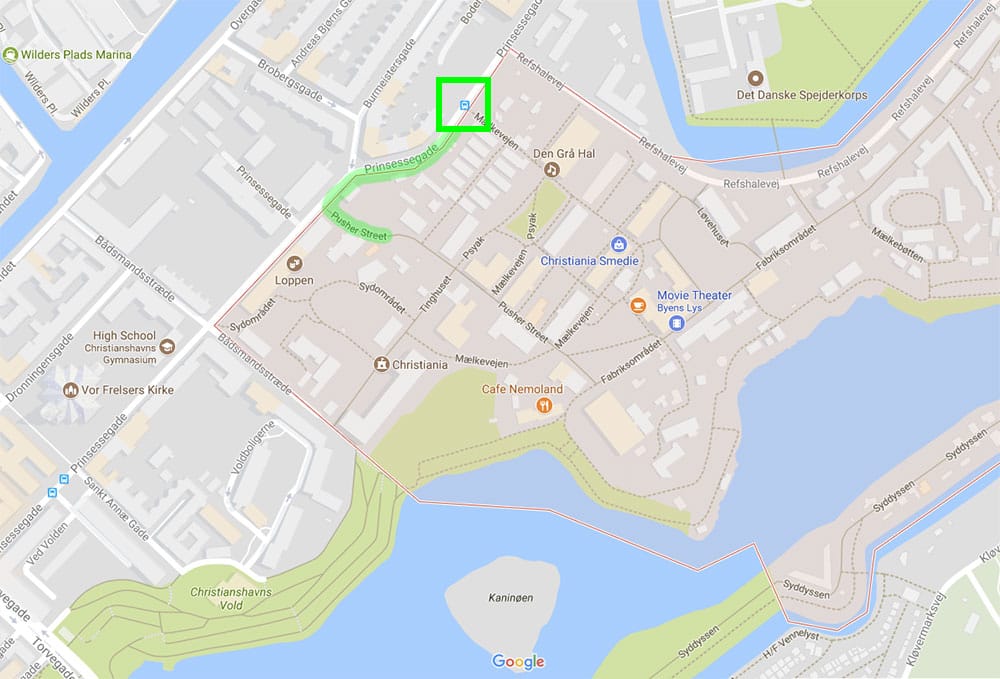
The map above depicts Christiania, which is faintly shaded in red. The easiest way to reach the freetown, if you are a wheelchair user riding public transportation, is by taking Bus 9A to the stop highlighted in green. From the bus stop on Prinsessegade, you will walk a short distance back to Pusher Street, where the main entrance to Christiania is located.
Alternatively, you can ride the City-Sightseeing hop-on/hop-off bus, which stops just a few meters from the city bus stop highlighted on the map.
Another sight to see in the immediate area is the Church of Our Savior, also located on Prinsessegade. It is labeled on the map above as Vor Frelsers Kirke.
Final Thoughts
For many people, the allure of travel is found in seeing and experiencing new things. Freetown Christiania is one of those unique experiences that can’t be replicated. It’s a town within a town, founded on a very unique story and with its own cultural identity. The city has its own flag, after all!
A visit to these 84 acres will expose you to a bunch of freedom-loving Europeans who maintain a community unlike any other. And, if you enjoy learning about people and what makes them tick—their hopes, desires, motivations and dreams—you’re sure to delight in visiting Christiania. And, if you truly fall in love and don’t want to leave, I hear they’re in need of an accessibility manager! 😉

